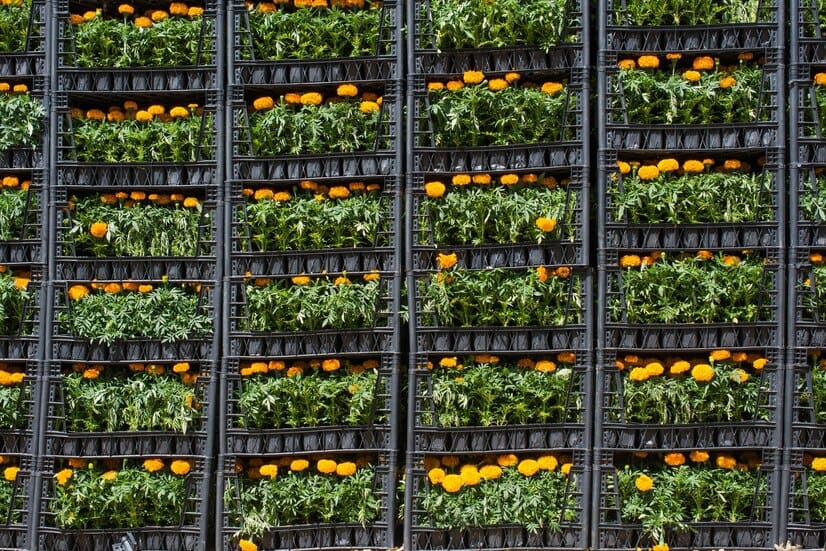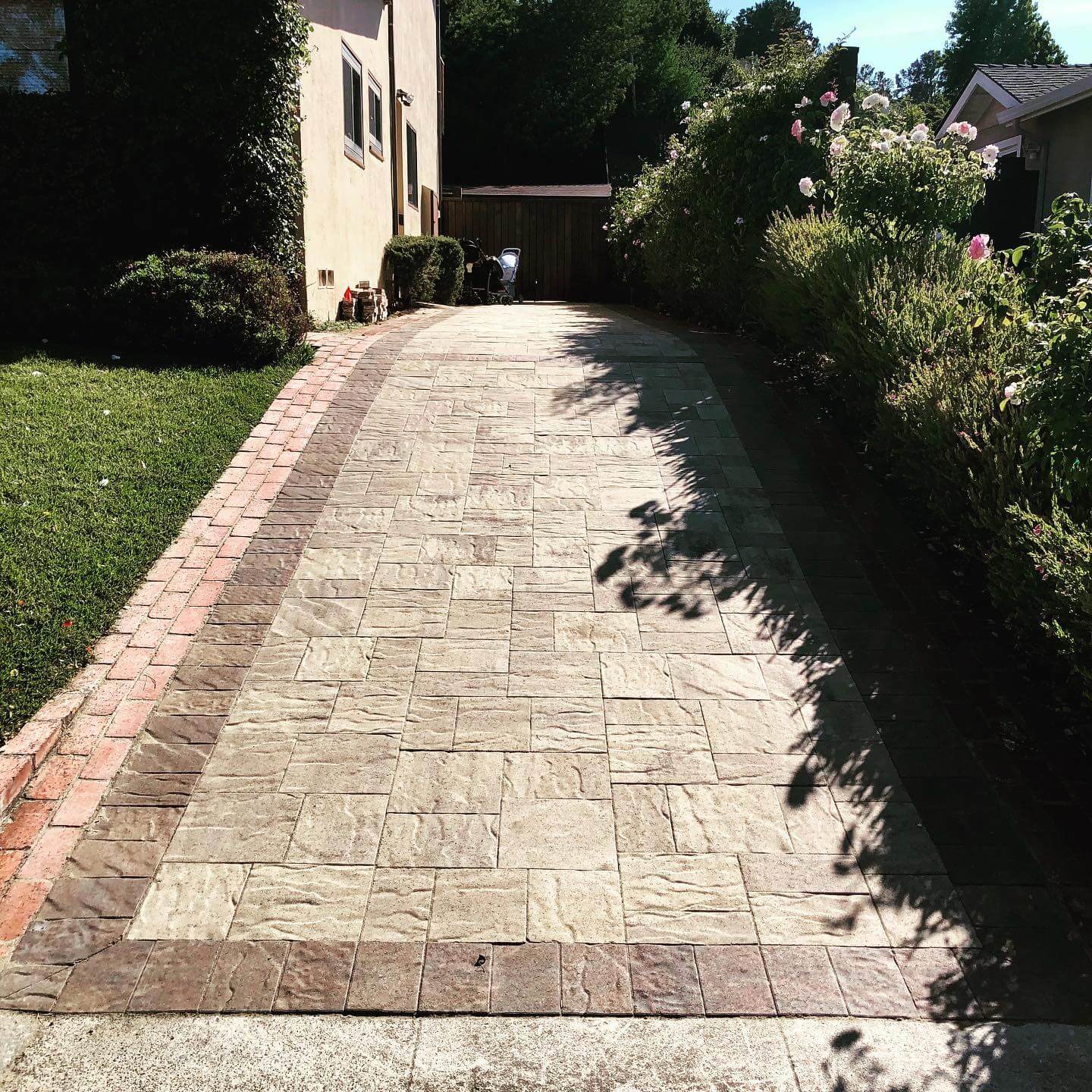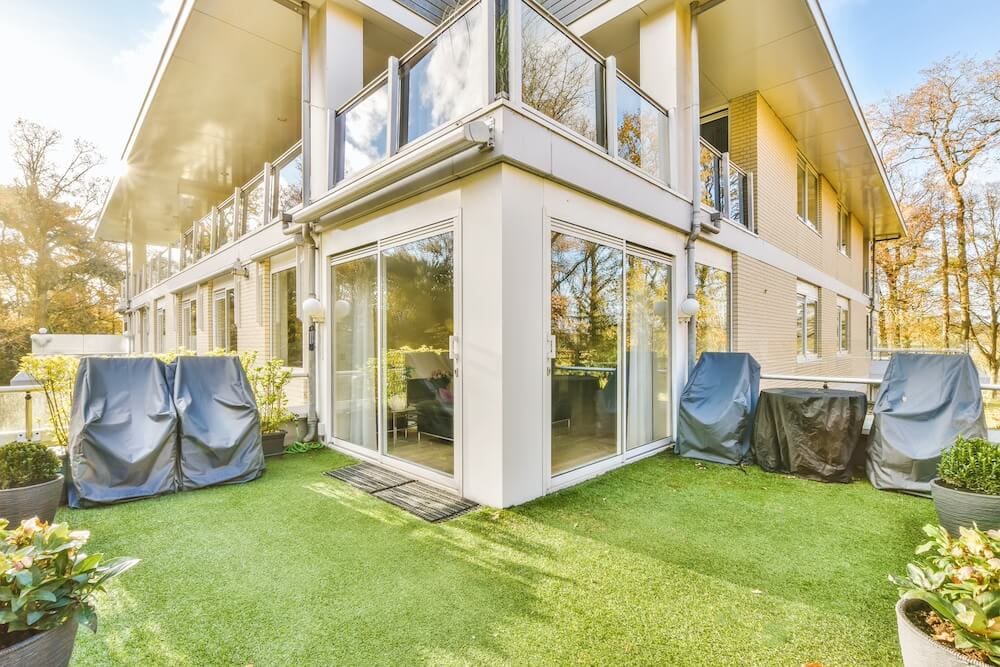
The Art of Vertical Gardening: Maximize Space and Add Visual Appeal to Your Custom Landscape
In today’s modern landscapes, many homeowners face the challenge of limited outdoor space, prompting them to seek creative and innovative solutions that maximize every inch of their yards. Vertical gardening offers an attractive, space-saving alternative for those looking to add lush, green elements to their outdoor living areas without sacrificing precious square footage. By incorporating vertically designed plant arrangements, trellises, living walls, or hanging gardens into your custom landscape, you can greatly enhance the beauty and functionality of your outdoor space, regardless of its size.
In this article, we will delve into the art of vertical gardening, exploring its origins, benefits, and possibilities for various applications in outdoor design. We will also introduce you to a range of techniques and plant selection tips that cater specifically to vertical arrangements, ensuring that your custom landscape thrives. With the guidance and expertise of Keystone Yards – a premier outdoor remodeling contractor in Napa, Sonoma, and Marin County – you can unlock the potential of vertical gardening and elevate the aesthetics of your outdoor environment.
As we journey through the fascinating world of vertical gardening, let us inspire you to think outside the traditional garden bed and envision new ways to bring life, color, and greenery into your outdoor spaces. Whether you have a sprawling backyard or a compact patio, embracing vertical gardening techniques can transform your landscape into a unique, visually captivating, and space-conscious retreat.
1. Origins and Benefits of Vertical Gardening
Although vertical gardening has gained popularity in recent years, its roots can be traced back to ancient civilizations that employed hanging gardens and green walls to maximize agricultural space. Modern-day vertical gardening offers numerous benefits to today’s homeowners.
- Space Utilization: Vertical gardening allows you to grow plants in areas with limited horizontal space, such as small patios, balconies, or confined yards. This ingenious approach makes it possible to cultivate a lush, green environment in even the smallest outdoor spaces.
- Aesthetic Appeal: With countless design options, vertical gardens can serve as eye-catching focal points, privacy screens, or living art pieces. They add visual interest and depth to your landscape while encouraging creativity in your outdoor design.
- Improved Air Quality: Plants naturally filter and purify the air, and having a vertical garden can contribute to a cleaner and healthier outdoor environment for you and your family.
- Insulation and Energy Efficiency: Installing a green wall or vertical garden against a building’s exterior can provide natural insulation, helping to regulate indoor temperatures and potentially reducing energy costs.
2. Techniques and Structures for Vertical Gardening
There are numerous techniques and structures available for incorporating vertical gardens into your custom landscape, each offering unique design possibilities.
- Trellises and Espalier: Train climbing plants, such as vines, roses, or jasmine, to grow vertically along a trellis or through the art of espalier, which involves pruning and training trees to grow flat against a wall.
- Green Walls and Living Walls: Create a striking vertical garden by attaching plants to a wall, using modular planting systems or set in a grid pattern. Living walls often include built-in irrigation systems for more efficient watering.
- Hanging Gardens and Planters: Suspend plants in hanging baskets, pots, or containers from walls, fences, or overhead structures. This versatile option can accommodate a wide variety of plant types and sizes.
- Tiered Gardens and Vertical Planter Boxes: Stack planter boxes, garden beds, or pots at different levels to create a cascading effect. This approach allows plants to receive adequate sunlight while maximizing space.
3. Choosing the Right Plants for Your Vertical Garden
Selecting the appropriate plants for your vertical garden is crucial for ensuring its success and longevity.
- Light Conditions and Microclimate: Assess the specific light, temperature, and humidity conditions of your vertical garden location to choose plants that will thrive in your microclimate.
- Plant Size and Growth Habit: Opt for plants with a naturally vertical growth habit, such as climbers or vines, but also consider incorporating compact plants with a bushy or trailing growth habit for visual variety.
- Plant Maintenance: Choose low-maintenance plants that require minimal pruning and watering to simplify the upkeep of your vertical garden.
- Native and Drought-Tolerant Plants: Incorporate regionally native plants and drought-tolerant species to enhance the sustainability and resilience of your vertical garden in Napa, Sonoma, or Marin County’s Mediterranean climate.
4. Vertical Garden Maintenance Tips
Regular maintenance ensures the health and beauty of your vertical garden.
- Irrigation: Employ an appropriate irrigation system, such as drip lines, soaker hoses, or misters, to provide consistent and adequate water to your plants.
- Nutrients and Fertilizers: Ensure your plants receive the necessary nutrients by regularly replenishing the growing medium and applying appropriate fertilizers.
- Pruning and Training: Periodically prune and train your plants to maintain their desired shape, prevent overcrowding, and encourage healthy growth.
- Pest and Disease Management: Routinely inspect your vertical garden for signs of pests or diseases and promptly address any issues to ensure the ongoing health of your plants.
Conclusion
Vertical gardening offers an innovative and visually stunning solution to maximizing space in your custom landscape. By incorporating vertical elements, such as trellises, living walls, or hanging gardens, you can create a vibrant and unique outdoor environment that capitalizes on every available inch of your yard. Let the experts at Keystone Yards help you explore the art of vertical gardening and bring your vision to life in Napa, Sonoma, or Marin County. Contact us today for more information about our custom landscaping design services.





